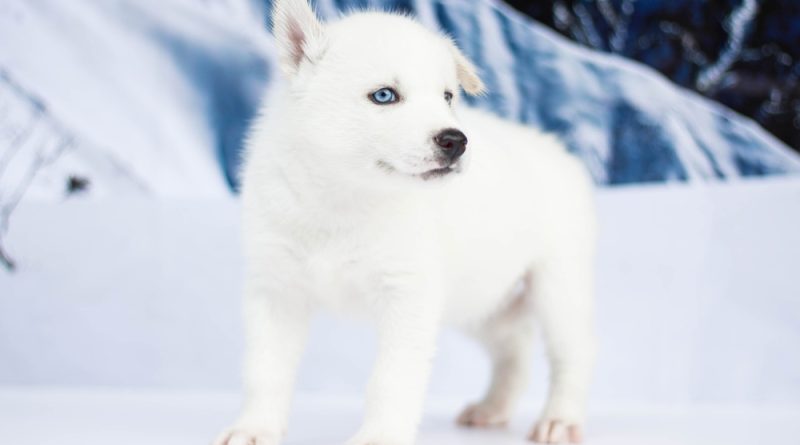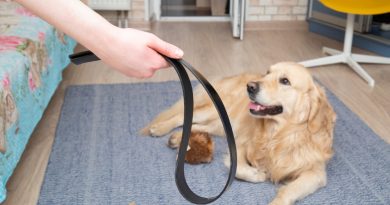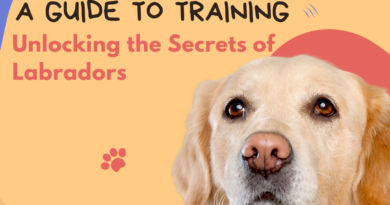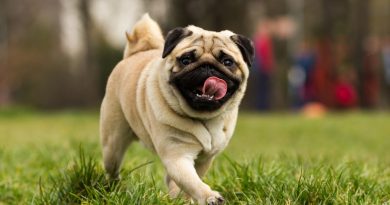Siberian Husky – How to care
As the name suggests, the Siberian Husky breed originally came from Siberia, Russia, and is one of the oldest breeds in the world. The spread of these specimens around the world was attributed to a tribe called Chukchi, who used dogs to pull sleds in the snow.
However, it wasn’t until 1925 that they gained notoriety. This is because a small town in Alaska called “Nome” experienced a diphtheria epidemic (an infectious disease that, if not treated, can be fatal and kill those infected).
The townspeople were eager to receive medical treatment, so they gathered a group of dogs to go to the distant city to fetch remedies. The animals faced a very harsh winter and made the journey that would normally take twenty-four days in six days!
The episode is called the “Running of the Nome Serum.” In 1930, the breed was officially recognized by the American Kennel Club.
How to care for a Siberian Husky
Huskies have an independent temperament from a young age and can be stubborn without proper training, but when socialized early, they can be excellent dogs.
If you’re looking for information on how to care for a Siberian Husky, know that this breed is very energetic, and puppies have twice the energy. So, they need to go for walks and engage in their daily activities to avoid feeling idle/bored.
If their needs as a species are not met, Siberian Husky puppies can exhibit problematic behaviors, such as destroying objects, furniture, and clothing. Toys and treats help, but vigorous walks on the street are essential and indispensable.
Huskies are affectionate with their favorite family members, and this becomes even more evident when they are puppies. They love attention and affection, and if not given, they can become depressed and develop anxious and depressive behaviors.
As the breed followed humans and wolf packs from the beginning, huskies hate being left alone.
Not considered an adult until one year old, the Siberian Husky can be quite stubborn if not educated and trained from an early age. By nature, this breed tends to be independent and doesn’t like to be bossed around. Energetic adults and puppies need daily physical and mental activity.
Activities such as environmental enrichment can help train dogs of this breed.
Environmental enrichment is a set of factors and objects that allow each species to exhibit natural behaviors and abilities that they would normally possess if they lived in the wild. These items can be simple and creative, for example, made from plastic bottles or toy and treat dispensers.
Barriers and treats hidden around the house are also a fun option, and dogs love the stimulus because it reminds them of things like hunting.
How to Raise an Elderly Husky
Everyone reaches this stage of life, and once there, some care is essential. The dog’s old age is around 7 years old. With the decline in immunity, organs, and joints are naturally damaged, and some health problems may occur, affecting the quality of life. Therefore, all care, attention, and love are necessary.
To avoid health problems in your dog, regular veterinary visits and exams are essential. Especially those that have shown something worth watching in their lives. The breed is prone to certain diseases, such as hip dysplasia, and deserves attention and care until the end of life.




